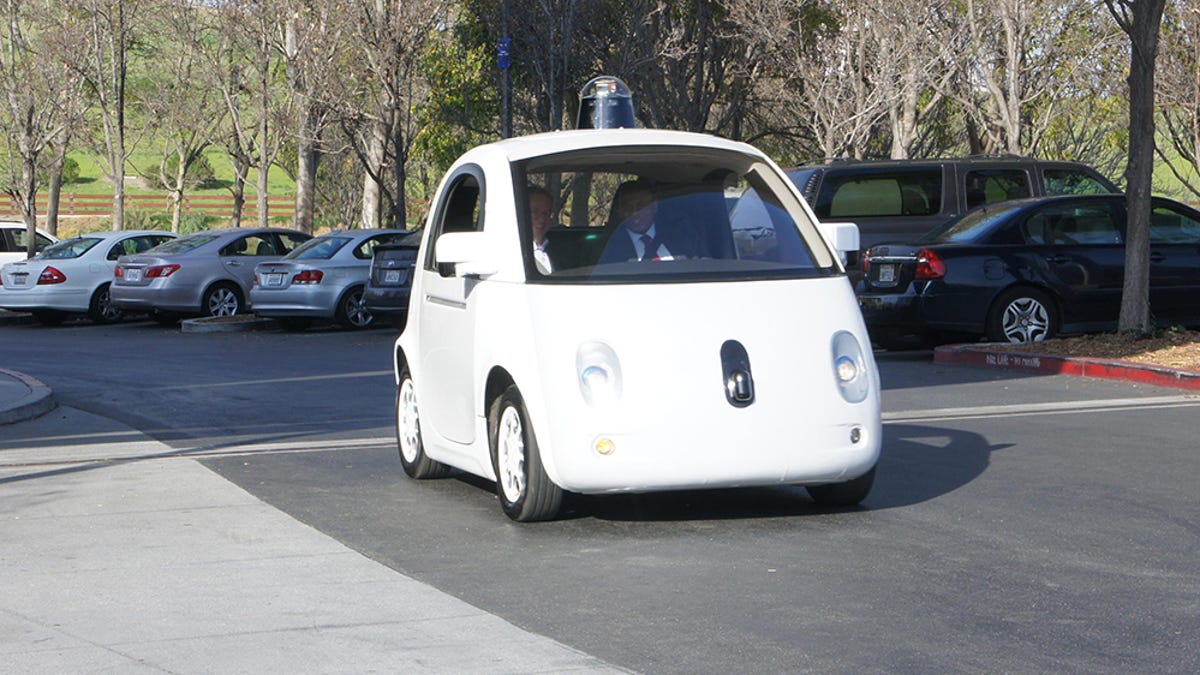Self-driving cars are at the mercy of crappy US roads
Robo-cars can run into trouble driving down streets with faded lane markers, missing signs and other side effects of our aging roadways.
How does a self-driving car stay in a lane with no lane markers?
The shoddy roads that criss-cross much of the United States are hindering the development of self-driving vehicles, Reuters reported Thursday. Confronted by poor road markings, inconsistent street lights and broken traffic signs, makers of autonomous cars are having to spend more time and money crafting new ways to navigate the roads.
Nearly two-thirds of the country's roads are in poor condition, Reuters said, citing the US Department of Transportation.
That's no small concern for tech and automotive companies from Google to Uber to Ford that have committed themselves to getting robo-cars to consumers and businesses in the next few years. It's a complex challenge to test the ability of the vehicles to know where they're going and what nearby cars and pedestrians are doing.
It's a harder challenge still when the cars have to make sense of road conditions that would vex even human drivers.
To try to compensate for the nation's worn-out roads, makers of self-driving vehicles are adding more sensors, maps and other technology. As one example, Mercedes said that the new "Steering Pilot" feature on its 2017 luxury E Class automobile uses 23 sensors to detect guard rails, barriers and other cars in order to stay in its lane even with no lane markings.
Look for an ever bigger role for tech such as radar and lidar, which bounce signals off objects, to help identify the position, speed and other variables of an autonomous car. Some companies are also working on 3D maps that can pinpoint the location of a self-driving car within a few centimeters, Reuters said.
Which brings us to the problem of cost -- Reuters cited the $75,000 price tag for a Velodyne lidar system that Google's self-driving prototypes have used. But relief is on the way. A company called Quanergy has built a $250 lidar system and says that by 2018 it can get that below $100, the price threshold that automakers are looking for, according to Reuters.
In the meantime, look for more bad vibes from bad road conditions, like those that frustrated a Volvo exec during a demo at last November's Los Angeles Auto Show. Without lane markings to guide it, his company's semiautonomous prototype repeatedly refused to drive itself.


